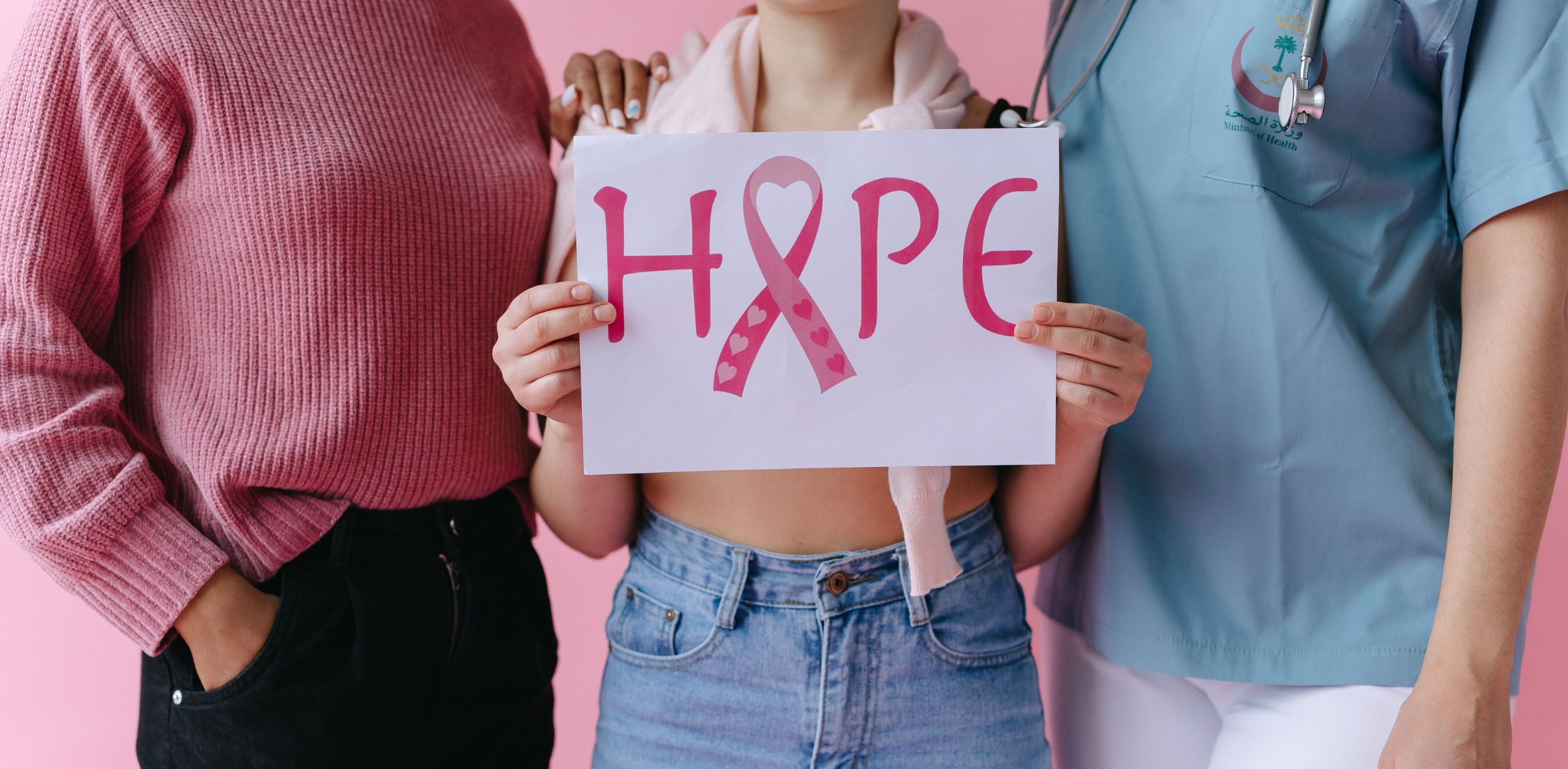
Navigating Relationships During Cancer: What to Say, What to Ask, What to Do
Navigating Relationships During Cancer: What to Say, What to Ask, What to Do A breast cancer diagnosis changes everything—not just

Navigating Relationships During Cancer: What to Say, What to Ask, What to Do A breast cancer diagnosis changes everything—not just

Post-Treatment Plan: What Recovery Actually Looks Like 6 Months Later When breast cancer treatment ends, many assume the hardest part

The Cost of Cancer: What No One Talks About and How We Help When most people hear the word “cancer,”

The Healing Power of Movement At Pawsitively 4 Pink, we believe that healing is more than just medical treatments—it’s about

Finding Peace in Your Cup: The Best Calming Herbal Teas for Stress Relief At Pawsitively 4 Pink, we understand that

What is a Matching Gift? Did you know you could make your donation to support breast cancer patients go twice

Did you know you could make your donation to support breast cancer patients go twice as far—maybe even three times

Recovering from breast cancer surgery involves not just physical healing but reclaiming mobility, strength, and confidence in your body. Whether

The holiday season often brings joy, connection, and reflection. However, for those navigating a breast cancer diagnosis or treatment, it

5 Ways to Get Back to Your Routine After Beating Breast Cancer Overcoming breast cancer is a life-changing experience, one
We use cookies
We use cookies and other tracking technologies to improve your browsing experience on our website, to show you personalized content and targeted ads, to analyze our website traffic, and to understand where our visitors are coming from. By browsing our website, you consent to our use of cookies and other tracking technologies.